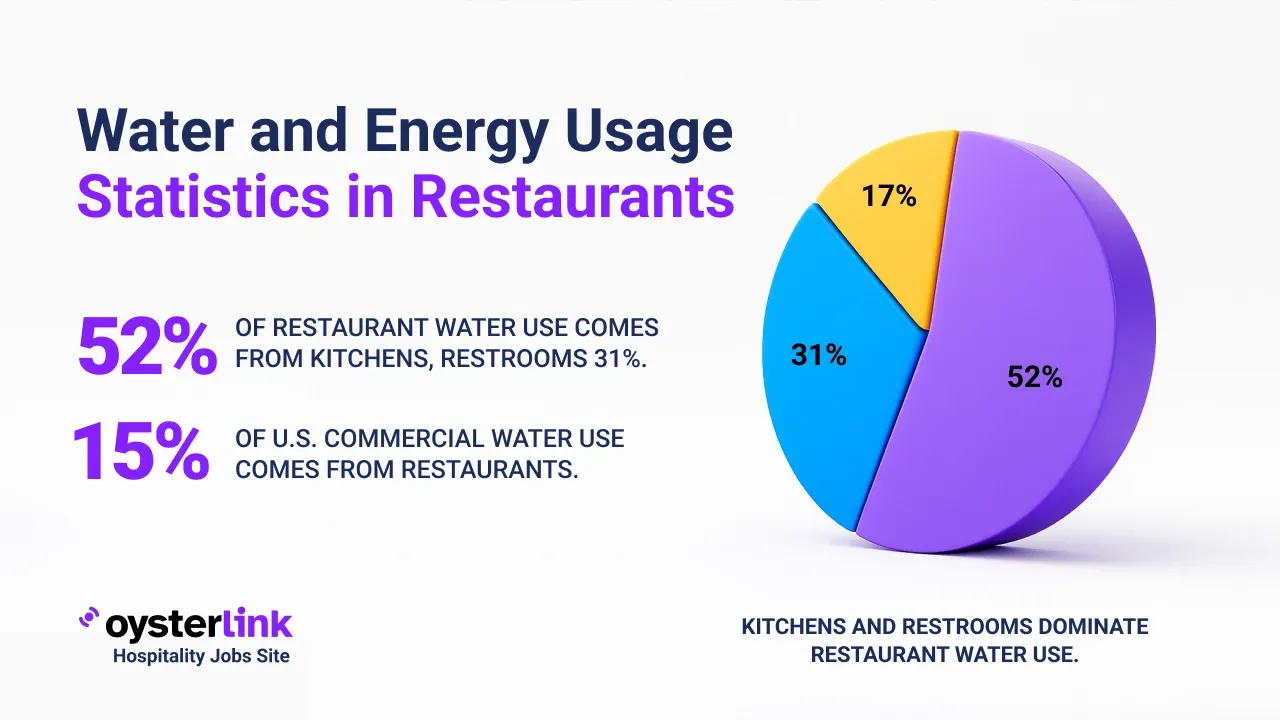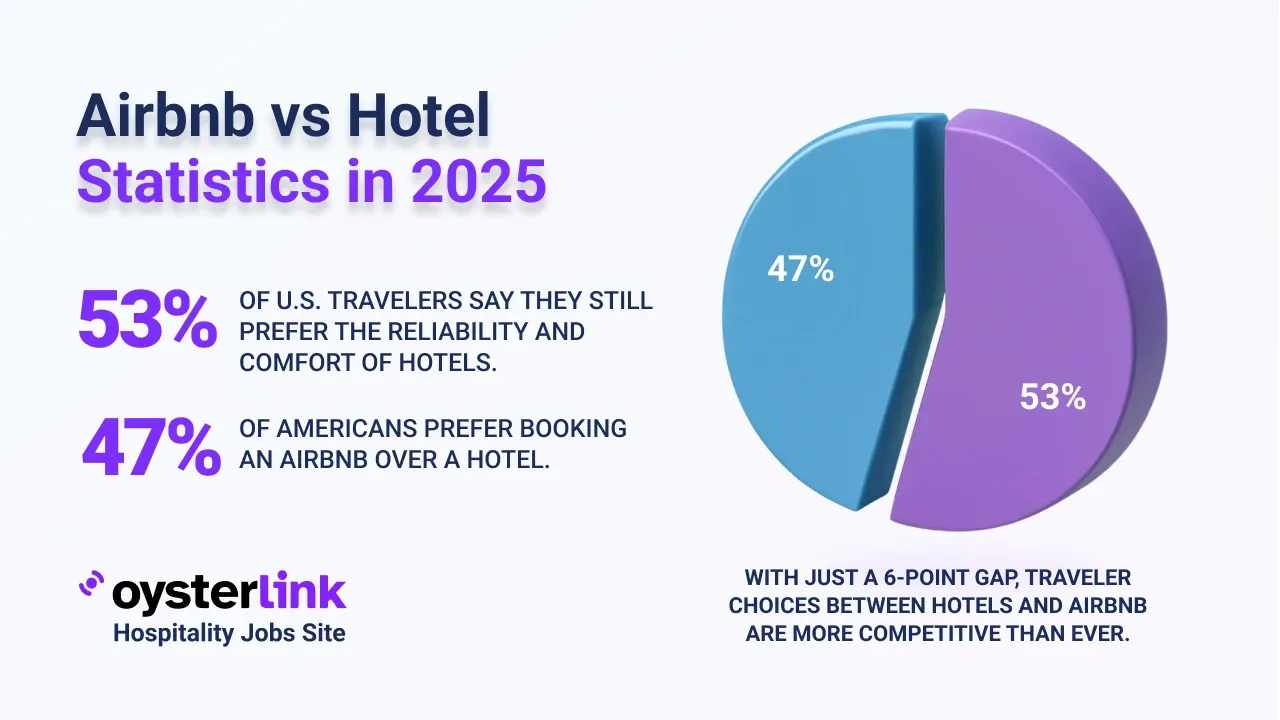Los Angeles Bartender Workforce Demographics: Key Takeaways
- The majority of bartenders in Los Angeles are likely aged between 20 and 40, reflecting the city's younger population trends.
- Women comprise approximately 61% of bartenders nationally, suggesting a female-dominated bartending workforce in Los Angeles.
- A significant number of bartenders hold post-secondary degrees, with around 45% nationally having a bachelor's degree or higher, mirroring Los Angeles' educational attainment levels.
The bartending workforce in Los Angeles represents a youthful, predominantly female, and well-educated group. Understanding these demographics helps employers and policymakers support this vital segment of the hospitality industry.
Exploring age, gender, and education statistics provides insight into the local workforce trends and how they align with national data.
For employers looking to understand how to attract and retain bartender talent, the guide to hiring bartenders offers practical strategies tailored to this and other hospitality roles.
1. Age Distribution of Los Angeles Bartenders
The bartending profession in Los Angeles, like many urban centers, is largely filled by younger individuals. National statistics show that 39% of bartenders are under 30 years old, 35% fall between the ages of 30 and 40, and 26% are over 40. This age breakdown indicates a predominantly youthful workforce.
While specific age data for Los Angeles bartenders are unavailable, demographic data for the city suggests a similar trend. The median age in Los Angeles is 36.9 years, with approximately 21.65% of the population aged 15 to 29 and 48.42% between 30 and 64 years old. These figures imply that most bartenders in the city are likely within the 20 to 40 age bracket, aligning closely with national bartending age demographics.
For those interested in career progression, the how to become a bartender page provides useful information for new entrants and career changers.
Why Younger Workers Dominate Bartending in Los Angeles
Bartending often attracts younger workers due to flexible schedules, social environments, and opportunities for tips. It also serves as a transitional or part-time job for students and early-career employees. This dynamic nature makes it appealing to those in their 20s and 30s, contributing to the youthful workforce observed nationally and assumed locally.
2. Gender Composition of Los Angeles Bartenders
Nationally, women make up around 61% of bartenders, which suggests that bartending is a female-dominated profession. Although gender-specific statistics for Los Angeles bartenders are not readily available, it is reasonable to assume that the local bartending workforce reflects this national pattern.
This represents a significant shift from traditional perceptions of bartending as a male-dominated field. The increasing presence of women contributes to diversity and inclusivity in the service industry.
Business owners can learn effective strategies and policies to support a female-majority bartending workforce in women in hospitality leadership.
Implications of Female Majority in Bartending Workforce
The predominance of women in bartending has implications for workplace culture, safety policies, and equal opportunity initiatives. Businesses can tailor training, provide supportive work environments, and address challenges such as harassment to maintain a positive atmosphere for their largely female workforce.
3. Educational Attainment among Los Angeles Bartenders
Education plays an important role in shaping the bartending workforce. Nationally, about 45% of bartenders possess a bachelor's degree, while 22% have a high school diploma or GED, and another 22% hold an associate degree. These statistics highlight that bartending is often undertaken by individuals with substantial post-secondary education.
In Los Angeles, roughly 37.8% of residents have a bachelor's degree, and nearly 80% are high school graduates. This suggests that bartenders in the city likely reflect this educational profile, with a considerable proportion holding college degrees or some form of higher education. Such educational attainment aligns with the broader trend of bartending as a profession that attracts well-educated workers, sometimes balancing bartending with other career pursuits.
Employers interested in how education impacts bartending roles may find the restaurant owner education spotlight insightful.
How Education Levels Impact the Bartending Profession
High educational attainment among bartenders may influence customer service quality, adaptability, and career progression within hospitality. It also enables many bartenders to navigate versatile roles, from mixology expertise to hospitality management, enhancing their value in the competitive Los Angeles market.
For bartenders looking to specialize, the mixologist job description details skills and career advancement opportunities.
4. Concluding Insights into Los Angeles Bartender Demographics
The bartending workforce in Los Angeles is characterized by youthfulness, a strong female presence, and significant educational achievement. These features align closely with national trends, reflecting the evolving nature of the bartending profession across the United States.
Understanding these demographics can help employers design effective recruitment, training, and retention strategies that cater to the unique composition of their workforce. It also assists policymakers and industry groups in addressing workforce needs and improving workplace standards within Los Angeles' hospitality sector.
To improve recruitment success, employers may also want to refer to the guide to hiring a restaurant consultant which supports hospitality management.
5. Useful Resources for Los Angeles Bartenders and Employers
To learn more about regulations, workforce data, and industry support, consider visiting these official resources:


.webp)
.webp)

